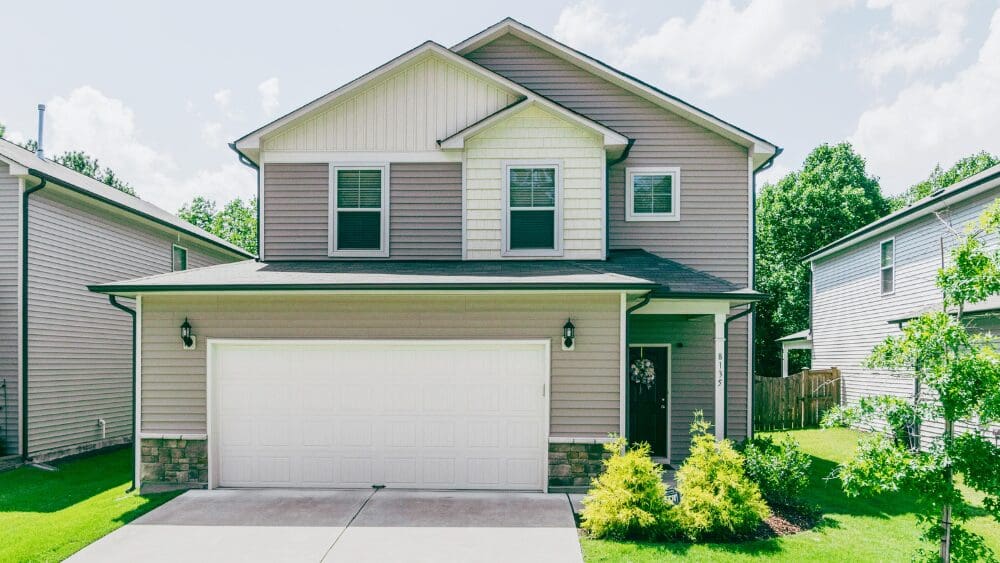
Are you a Connecticut homeowner caught in the challenging dance of selling your old home and buying your new one? You’re not alone. In the Nutmeg State, where housing inventory is often tight, and prices can soar, finding the right timing and funds to make your move can feel like a juggling act. Picture this: you’ve found your dream home, but your current one hasn’t sold yet. The prospect of selling, moving out, and scrambling to secure temporary housing while you shop for a new house can be daunting. That’s where a bridge loan in Connecticut can be your saving grace. A bridge loan is your short-term financial bridge, designed to help you purchase that new home while your old one is still on the market. In this blog post, we’ll guide you through the ins and outs of bridge loans in Connecticut, exploring their benefits, drawbacks, and alternative solutions, including HomeLight’s innovative Buy Before You Sell program. Simply put, a bridge loan in Connecticut is your go-to financial tool when selling your current home and eyeing a new one. Think of it as your bridge that connects your existing home to your dream home. Here’s how it works: Your bridge loan, also known as a swing or bridging loan, leverages the equity you’ve built up in your current home. It hands you the cash needed for a down payment and covers those pesky closing costs on your new purchase. Bridge loans can be pricier than regular mortgages, but they’re designed to be your speedy and hassle-free ticket to that new home. With a bridge loan, you won’t have to twiddle your thumbs waiting for your old home to sell. It’s your shortcut to homeownership bliss in Connecticut. Picture this scenario in the heart of Connecticut’s real estate market: You’ve set your sights on that perfect new home, but your old one hasn’t found its next owner yet. It’s a common situation that many homeowners face, and that’s where a bridge loan comes into play. When you need to secure your new property before your current one gets snapped up, a bridge loan taps into the equity you’ve built in your previous home. It’s like unlocking the treasure chest that holds your down payment and covers those essential closing costs for your fresh start. Here’s the catch: The lender providing your new mortgage will often be your bridge loan buddy. They typically want to see your old home listed on the market and may offer you this bridge loan lifeline for a period ranging from six months to a year. Now, let’s talk numbers. Your lender might need to crunch the numbers and calculate your debt-to-income ratio (DTI). That means factoring in your current mortgage payments for your old house, your shiny new mortgage payment for the home you’re buying, and, if applicable, the interest-only payment on your bridge loan. It’s all about ensuring you can comfortably handle payments on both properties if your old home doesn’t find its new owner immediately. To help you understand the financial aspects, check out these handy tools: There are several benefits to using a bridge loan: While bridge loans offer flexibility, they come with a few drawbacks worth considering: A bridge loan isn’t for everyone, but depending on your circumstances, it could be just what you need to solve your home-buying woes. Here are some common scenarios in which a bridge loan might fit your needs:What is a bridge loan, in simple words?
How does a bridge loan work in Connecticut?
What are the benefits of a bridge loan in Connecticut?
What are the drawbacks of a bridge loan?
When is a bridge loan a good solution?



